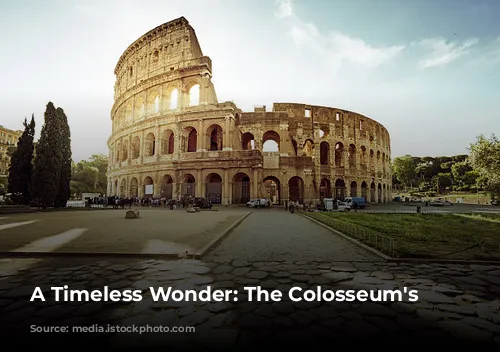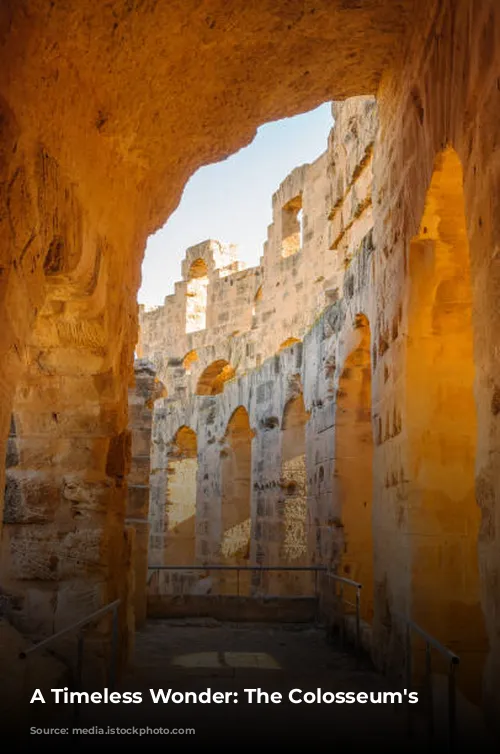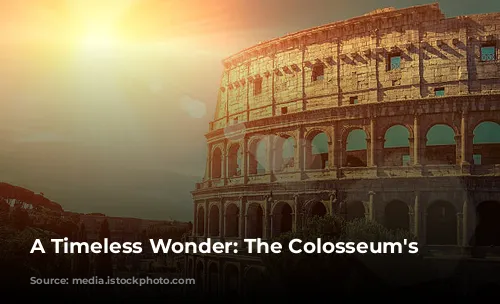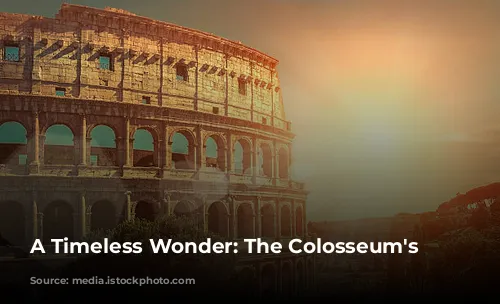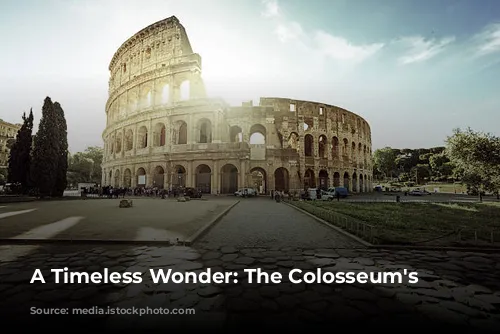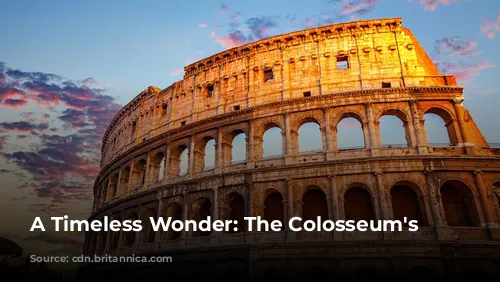The Colosseum, a colossal monument to ancient Rome’s architectural brilliance, stands as a testament to the empire’s engineering prowess. Today, it is a beacon for tourists, drawing in millions from across the globe, generating significant revenue for Italy. In fact, in 2018, the Colosseum, Roman Forum, and Palatine Hill combined to attract over $63.3 million (€53.8 million) in tourism revenue, making them the most popular tourist destination in the entire country.
A Monument of Resilience
The Colosseum’s history is one of both glory and adversity. After the fall of the Western Roman Empire, it fell into disrepair, its grandeur gradually eroding. In the 12th century, the Frangipane and Annibaldi families seized the arena, transforming it into their fortress. Further neglect followed, as the Colosseum was used as a quarry in the late 15th century by Pope Alexander VI. For over a thousand years, the Colosseum was left to crumble, only to be revived by state-funded restoration efforts in the 1990s.
A Symbol of Imperial Power
The Colosseum was erected during the tumultuous period of the four emperors in 69 CE as part of a grand imperial project to rejuvenate Rome. Emperor Vespasian, aiming to entertain the masses, envisioned the Colosseum as a grand stage for gladiatorial contests, animal hunts, and even mock naval battles. The Colosseum was designed to be a spectacle, a showcase of imperial might, and a symbol of Rome’s enduring power.
Building an Empire’s Symbol
Construction of the Colosseum began under Vespasian between 70 and 72 CE, and the completed structure was dedicated in 80 CE by his son and successor, Titus. The final touch was added by Emperor Domitian in 82 CE with the construction of the fourth story. The Colosseum was financed by the spoils of war, specifically from Titus’s sacking of Jerusalem in 70 CE, and was built by enslaved Jewish laborers from Judaea.
A Colossal Structure
The Colosseum, also known as the Flavian Amphitheater, is an elliptical marvel built of stone, concrete, and tuff. Standing four stories high, it measures an impressive 620 by 513 feet (189 by 156 meters), capable of accommodating a staggering 50,000 spectators. It is renowned for its role in gladiatorial combat, where warriors fought to the death, entertaining the masses with their prowess and valor.

A Monumental Legacy
The Colosseum is a testament to Rome’s engineering prowess and architectural ambition. Its construction, begun during the reign of Vespasian and completed under Domitian, involved a complex system of barrel and groin vaults, supporting a massive structure that stands as a symbol of Roman power and resilience. It was built on the grounds of Nero’s Golden House, replacing the emperor’s private lake with a public space for the masses. The Colosseum’s unique construction, unlike other amphitheaters built into hillsides for support, used travertine, volcanic tufa, and concrete, creating a freestanding structure with an imposing presence.

A Spectacle for the Ages
The Colosseum was not just a building but a spectacle, a stage for breathtaking events that captivated the Roman people. The arena, capable of holding 50,000 spectators, was shielded from the sun by a massive retractable awning, known as a velarium. This impressive structure, operated by hundreds of Roman sailors, was a feat of engineering and a testament to Roman ingenuity. The Colosseum was the scene of thrilling gladiatorial combats, animal hunts, and mock naval battles, entertaining the masses for generations. While the Colosseum’s role in the martyrdom of early Christians is uncertain, it remains a powerful symbol of a bygone era, where power, spectacle, and brutality intertwined.
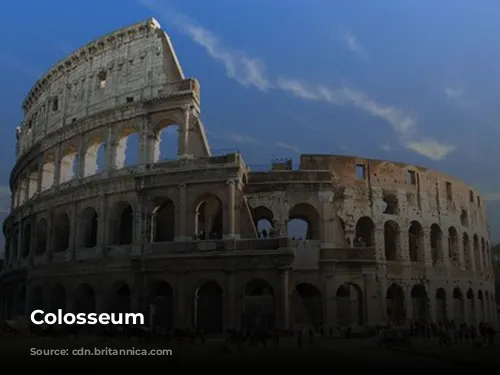
A Story of Loss and Renewal
Despite its grandeur, the Colosseum’s fortunes declined after the fall of the Western Roman Empire. The once-grand amphitheater was used as a fortress by powerful Roman families, then plundered for its materials, eventually turning into a quarry. But through the efforts of preservationists in the 19th century and restoration projects in the 1990s, the Colosseum has been reborn, a testament to the enduring legacy of ancient Rome. Today, it stands as a symbol of Rome’s rich history, attracting millions of visitors each year and offering a glimpse into the grandeur of a bygone era.

